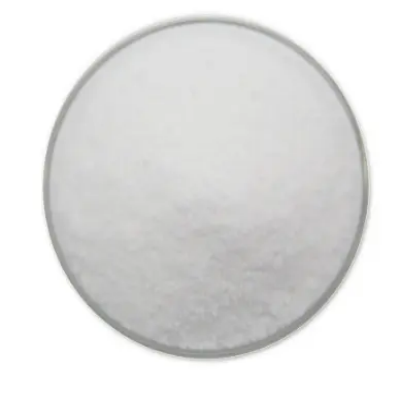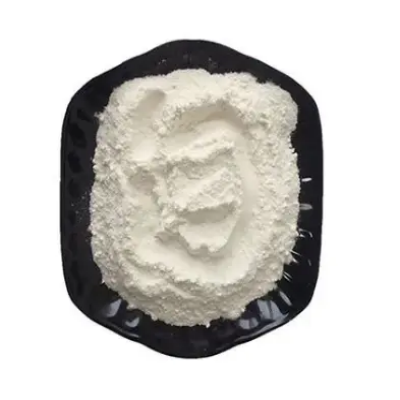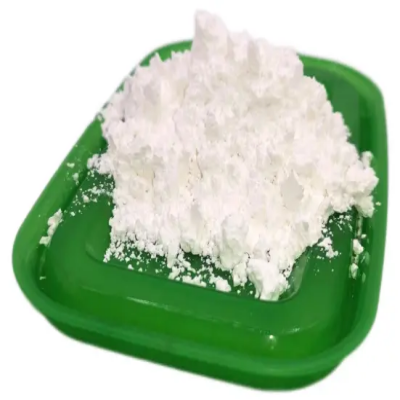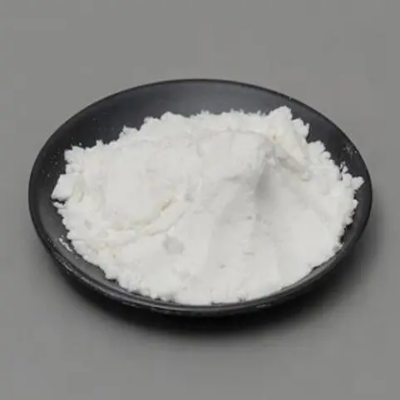valproic acid CAS:99-66-1
Valproic acid is a branched-chain fatty acid that has been extensively utilized in clinical practice since its introduction in the 1960s. Initially developed as an anticonvulsant, valproic acid has become a cornerstone in the management of various neurological disorders, particularly epilepsy, where it is effective against multiple seizure types, including generalized tonic-clonic seizures and absence seizures. The mechanism of action of valproic acid involves the inhibition of GABA transaminase, an enzyme responsible for the breakdown of GABA, thereby enhancing the inhibitory effects of this neurotransmitter in the central nervous system. In addition to its anticonvulsant properties, valproic acid is also employed in the treatment of bipolar disorder. It stabilizes mood and reduces the frequency and severity of manic episodes, making it a vital component of combination therapy for patients with mood disorders. Furthermore, valproic acid has shown promise in the prophylaxis of migraines, providing relief for patients who suffer from recurrent headaches. The pharmacokinetics of valproic acid reveal that it is rapidly absorbed after oral administration, with peak plasma concentrations typically reached within 1 to 4 hours. Its extensive protein binding and hepatic metabolism result in a half-life that can vary, necessitating careful monitoring of drug levels in patients to avoid toxicity. Adverse effects may include gastrointestinal disturbances, weight gain, liver dysfunction, and teratogenicity, particularly when used during pregnancy. Research continues to explore the potential applications of valproic acid beyond its established uses, including investigations into its neuroprotective effects and roles in other psychiatric conditions. Overall, valproic acid's versatility and efficacy make it a critical therapeutic agent in contemporary medicine, significantly impacting the lives of patients with epilepsy, mood disorders, and migraine conditions.



| Composition | C8H16O2 |
| Assay | 99% |
| Appearance | white powder |
| CAS No. | 99-66-1 |
| Packing | Small and bulk |
| Shelf Life | 2 years |
| Storage | Store in cool and dry area |
| Certification | ISO. |









